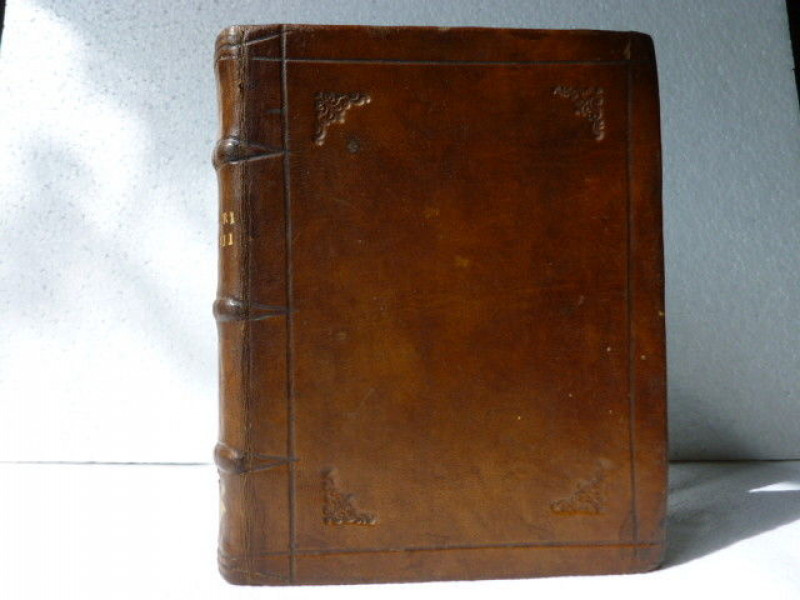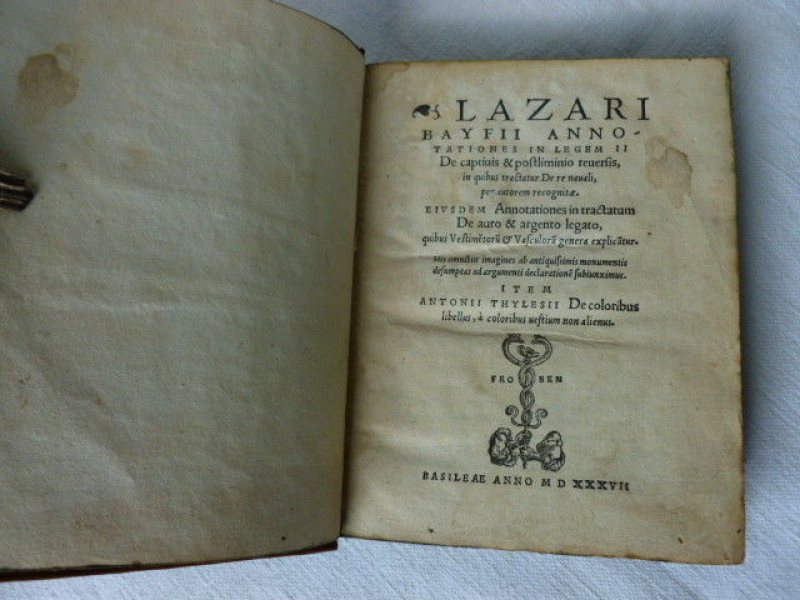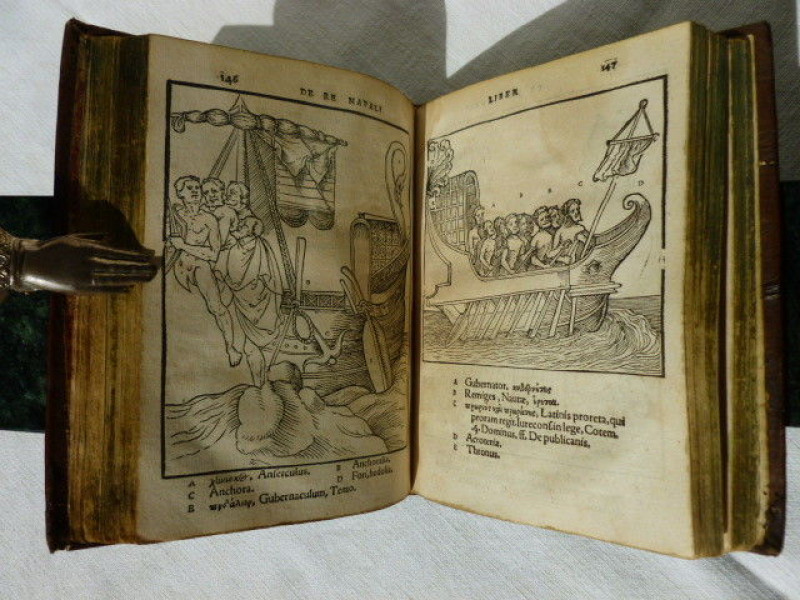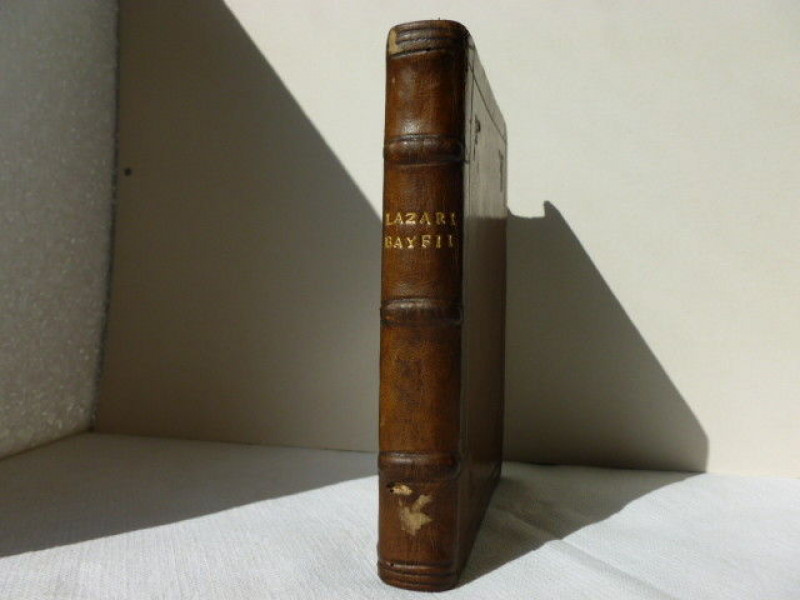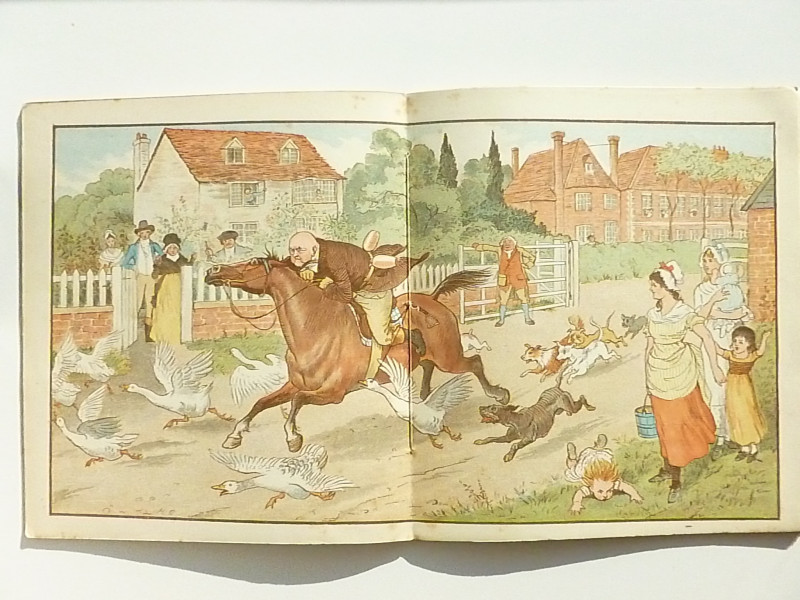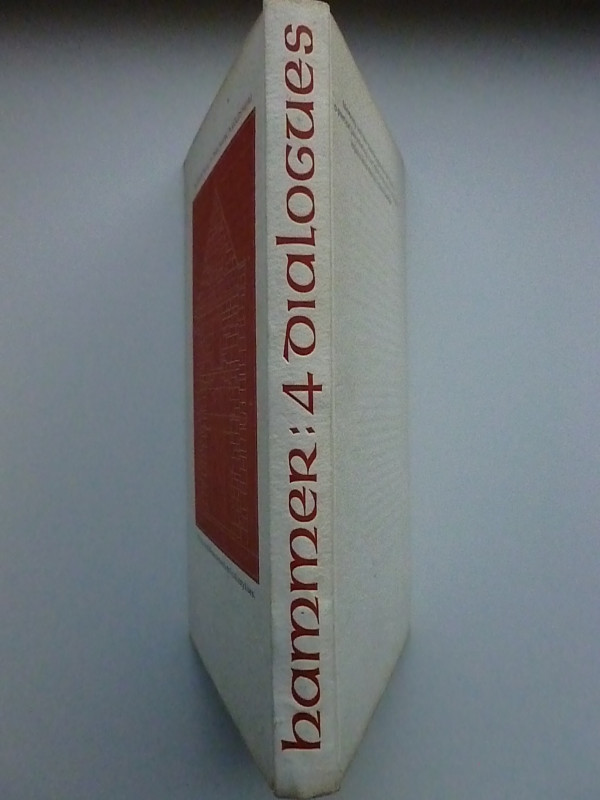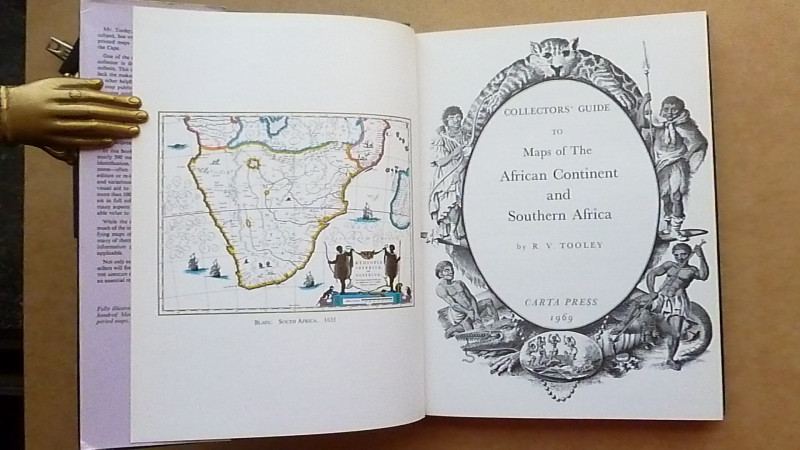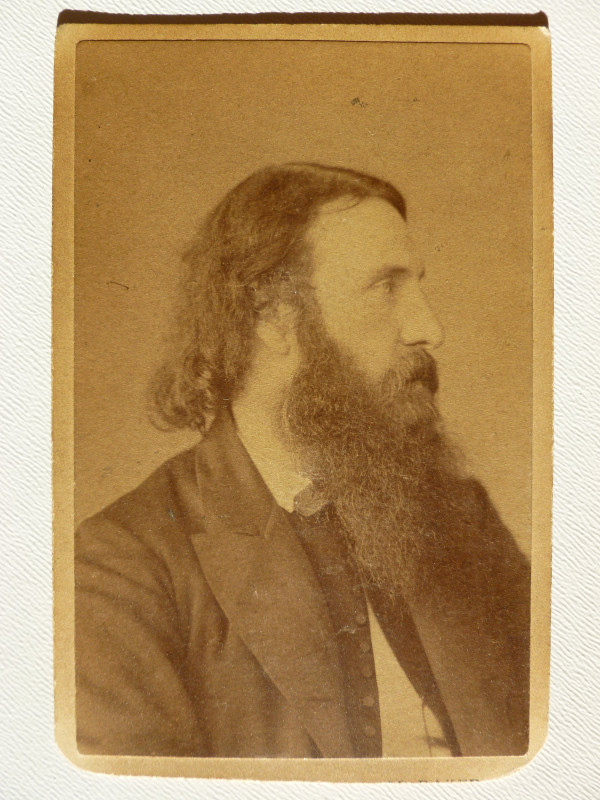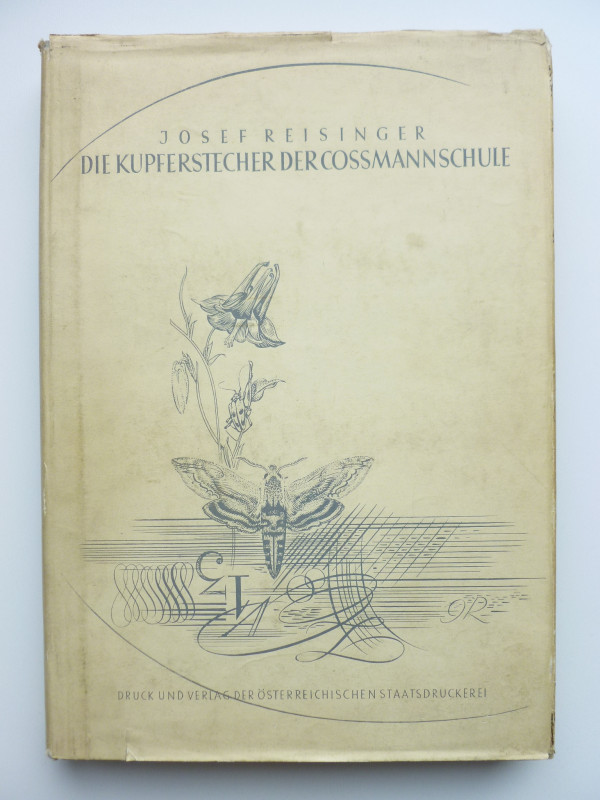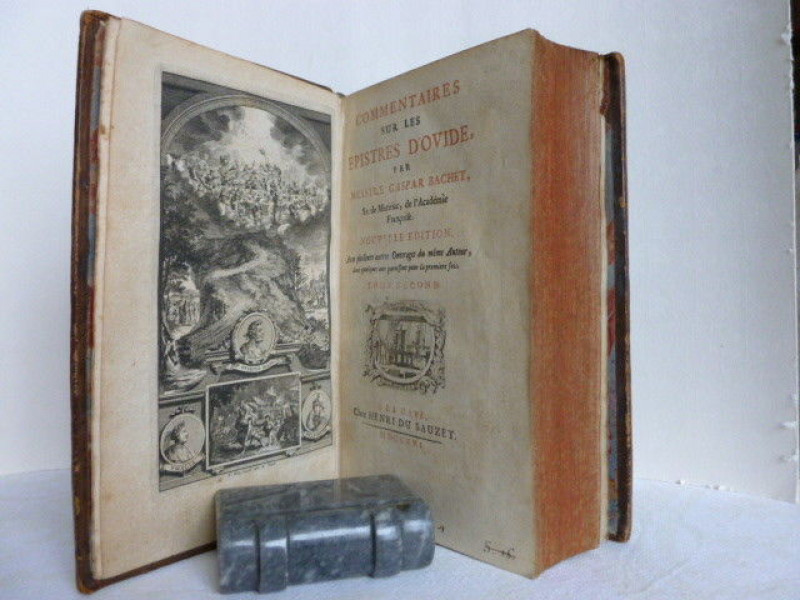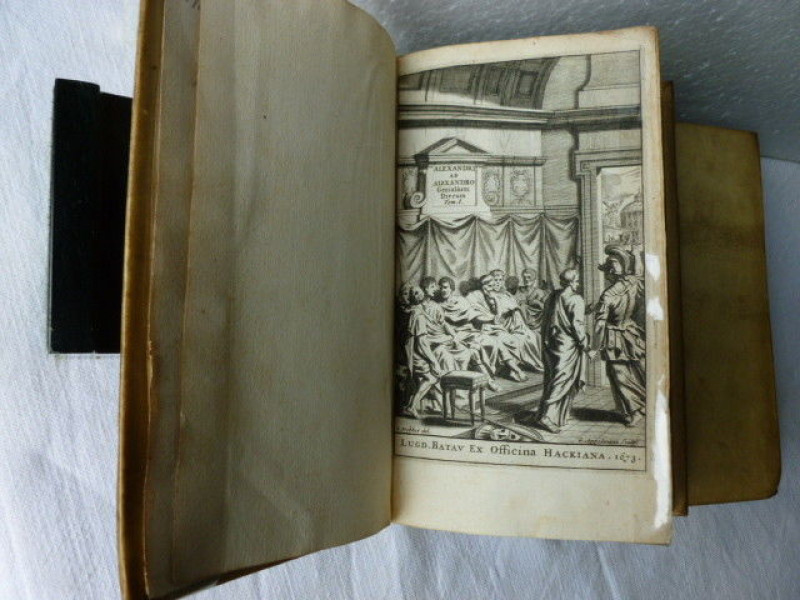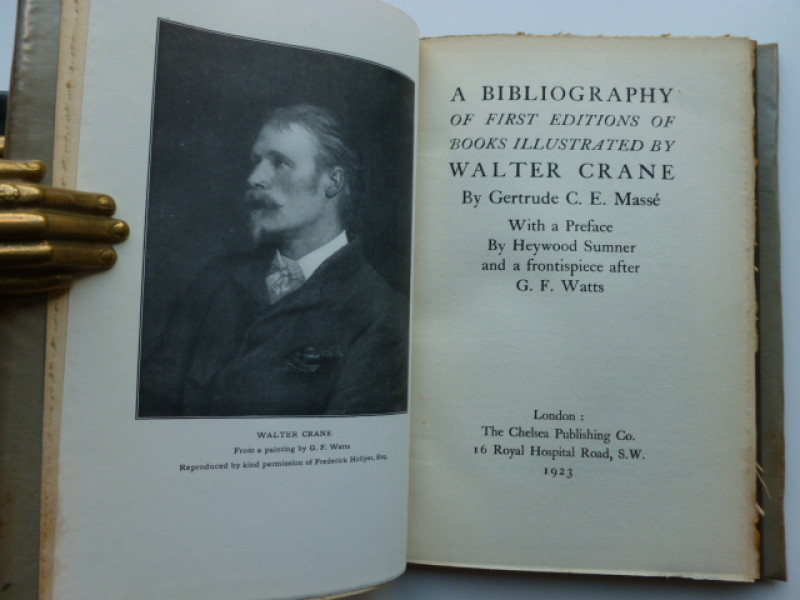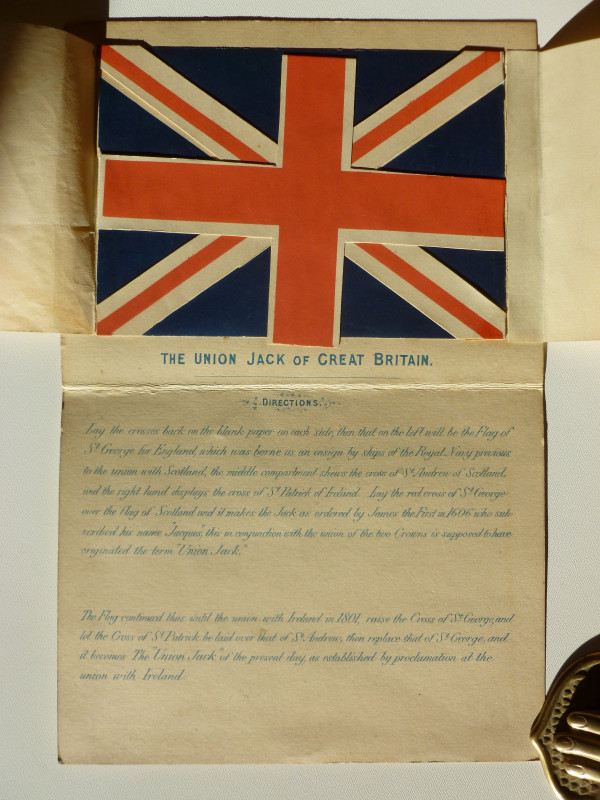Lazari Bayfii Annotationes in Legem II de captivis & postliminio reversis, in quibus tractatur de re navali, per autorem recognita... Eiusdem Annotationes in tractatum De auro & argento legato, quibus
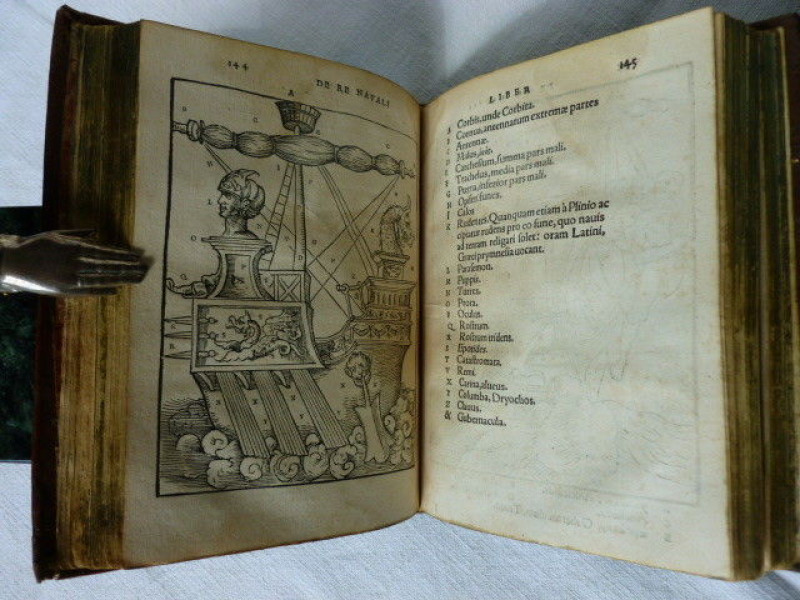





Book Description
Small 4to, pp. [viii], 9-323 [i.e. 319], [viii], woodcut caduceus Froben device on title page and colophon (larger variant), historiated woodcut initials, long quoted passages in Greek letter, illus.
Dealer Notes
Lazare de Baïf (c. 1496-1547) French humanist and diplomat. His Annotationum in L. vestis ff. de auro et argento legato, Pandectarum lib. xxxviii Ulpianus first appeared in March 1526 in Basel, printed by J. Bebel. For a detailed and extensive commentary on the illustrations of De re navali; De re vestiaria and De vasculis, see Basler Buchillustration 1500-1545 p. 536-537.
Antonio Telesio of Cosenza, also Antonius Thylesius (1482-1535) classical scholar and poet. The first monograph on colours, De coloribus, first printed in 1528 by Simon de Colines as a supplement to a Galen treatise, can be considered to be the first dictionary of colour terms, it was reprinted by Goethe in his Farbenlehre. Roy Osborne in Latin terms for pigments and dye-colours, (Journal of the Society of Dyers and Colourists) Vol. 116, Nov. 2000, makes a comprehensive and fascinating analysis of Telesio's "often neglected but invaluable reference source".
Antonio Telesio of Cosenza, also Antonius Thylesius (1482-1535) classical scholar and poet. The first monograph on colours, De coloribus, first printed in 1528 by Simon de Colines as a supplement to a Galen treatise, can be considered to be the first dictionary of colour terms, it was reprinted by Goethe in his Farbenlehre. Roy Osborne in Latin terms for pigments and dye-colours, (Journal of the Society of Dyers and Colourists) Vol. 116, Nov. 2000, makes a comprehensive and fascinating analysis of Telesio's "often neglected but invaluable reference source".
Author
Baïf, Lazare de (1496?-1547); Telesio, Antonio (1482-1533?); Charles Estienne (1504 - 1564), ed.
Date
1537
Binding
Early 18th c. blind tooled panelled calf
Publisher
Basileae, Froben [apud Hier. Frobenium et Nic. Episcopium]
Illustrator
Attrib. to Conrad Schnitt, Basel illustrator, after a Parisian interpretation of the Venetian Agostino i.e. Agostino dei Musi (c. 1490 – c. 1540)
Condition
Ancient light dampstaining throughout, minor worming to spine.
Friends of the PBFA
For £10 get free entry to our fairs, updates from the PBFA and more.
Please email info@pbfa.org for more information
